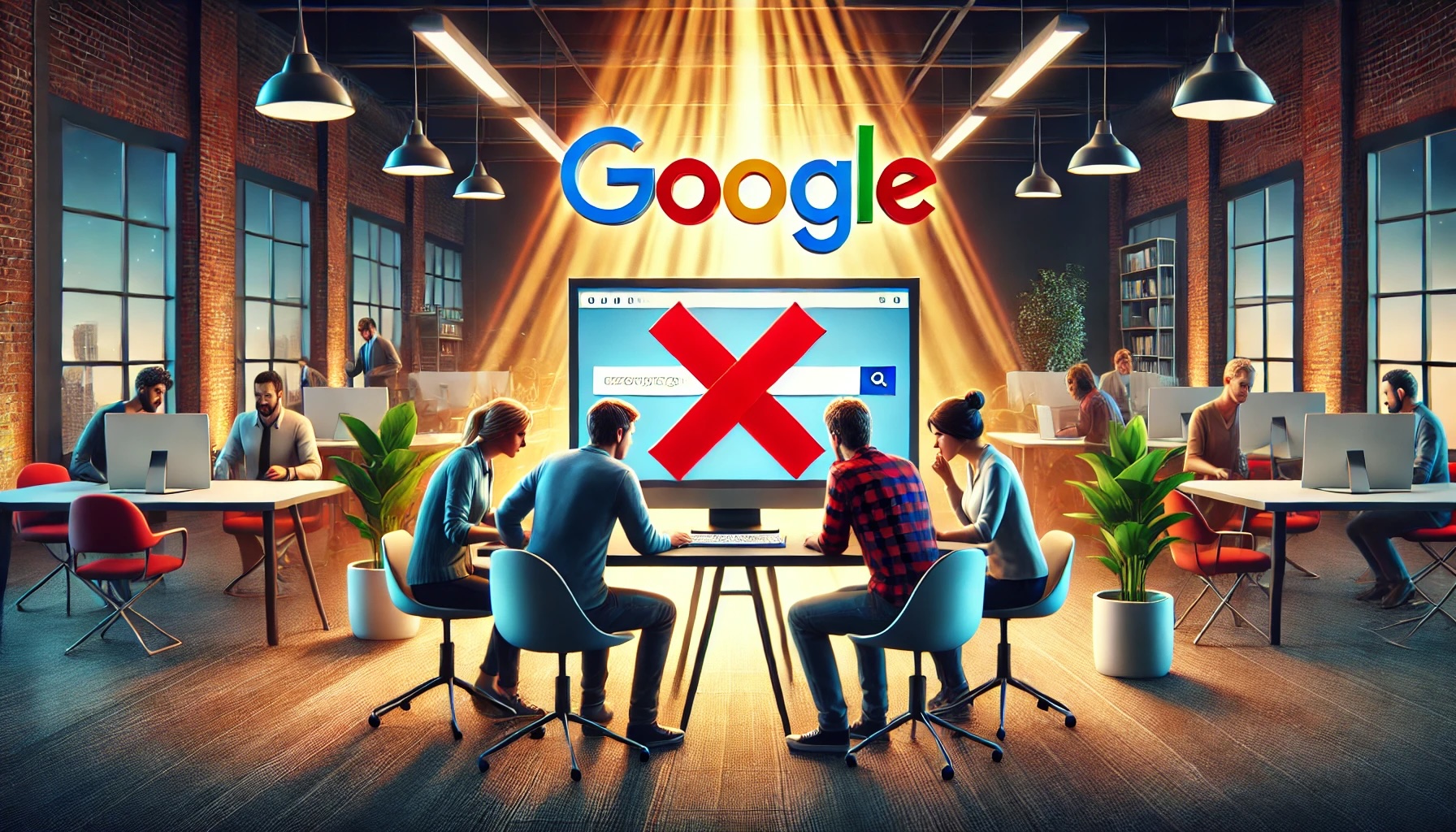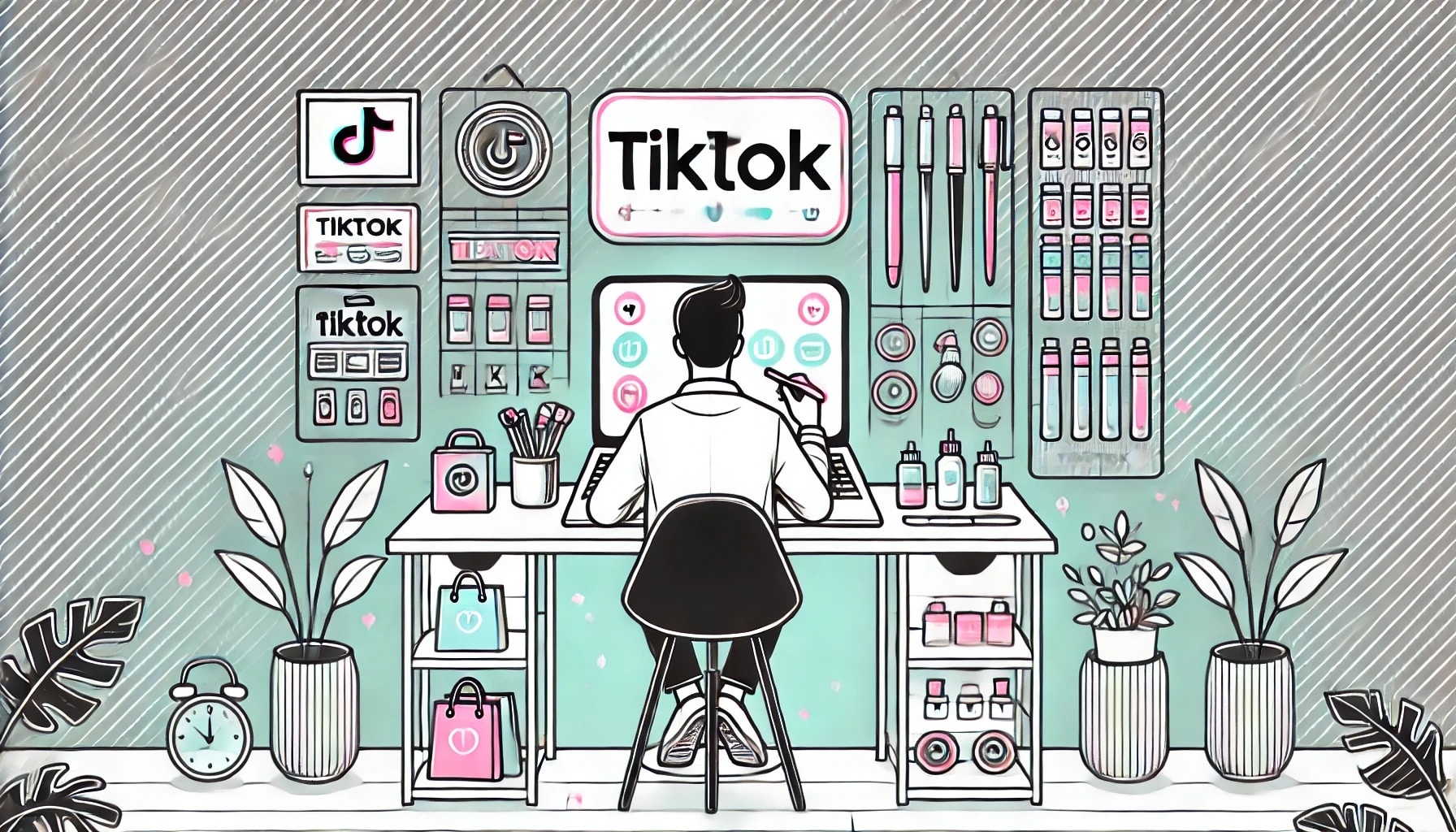Building a Shock-Proof Supply Chain: An Ecommerce Business Guide to Navigating Instability
Beyond Surviving—How a Resilient E-commerce Supply Chain Can Become Your Ultimate Competitive Edge in 2025

Picture this: Your product goes viral on TikTok. Orders surge 1,000% overnight. You’re ecstatic—until you realize your inventory will last exactly 36 hours. Your supplier needs 30 days to produce more. Your backup supplier? They’re dealing with port delays in Vietnam.
Welcome to the new normal of ecommerce in 2025.
Between tariff changes, ongoing geopolitical tensions, and the unpredictable nature of social commerce, the question isn’t whether you’ll face disruption. It’s whether you’ll be ready.
Why Traditional Supply Chains Are Breaking
The strategies that worked even two years ago are failing sellers today. Just-in-time inventory collapsed when ships blocked crucial waterways. Single-supplier relationships crumbled under geopolitical tensions. And reactive crisis management? By then, your competitors have already captured your market share.
The platforms themselves are putting the pressure on sellers. Changes in Amazon’s supply chain requirements created hurdles for sellers of all sizes, from enterprise brands to growing businesses.
At Canopy Management, we’ve guided partners through every imaginable supply chain crisis. One partner avoided a $50,000 stockout because their visibility system alerted them to a supplier delay 14 days early. Another captured 340% growth during a viral moment while competitors scrambled.
Here’s what separates winners from survivors: resilience means creating a supply chain flexible enough to bend without breaking, to adapt and recover stronger than before.
Ready to Start Growing Your Amazon Brand?
Canopy’s Partners Achieve an Average 84% Profit Increase!
Find out moreThe Four Pillars of a Shock-Proof Operation
Pillar 1: End-to-End Visibility
Real-time insight into every aspect of your supply chain. You can’t fix what you can’t see.
Key Questions to Answer Instantly:
- How much inventory is in each location (FBA, WFS, 3PL)?
- What’s the status of every inbound shipment?
- Which SKUs risk stockout in the next 30 days?
Pillar 2: Strategic Agility
The ability to pivot operations within 24-48 hours. When the Ever Given blocked the Suez Canal, agile brands switched to air freight immediately. Others waited weeks, hemorrhaging sales.
Essential Capabilities:
- Multiple pre-vetted shipping options
- Flexible manufacturing agreements
- Pre-approved emergency budgets
Pillar 3: Intelligent Diversification
Industry best practices suggest no single supplier should produce more than 30-40% of any critical SKU. When 2025 tariffs hit, sellers relying solely on Chinese suppliers saw costs increase 25-60% overnight. Diversified brands typically absorbed just 8-12% increases.
Pillar 4: Proactive Collaboration
During the 2024 Q4 capacity crunch, brands with strong 3PL relationships secured space while others landed on waitlists. Monthly check-ins, transparent forecasting, and prompt payments build relationships that become invaluable during crises.

The Modern Threat Matrix: 2025 Edition
Immediate Threats (Happening Now)
The Tariff Tsunami: Chinese goods face 25-60% cost increases as of May 2025, with fashion, electronics, and beauty brands experiencing the most severe impact.
Platform Volatility: Amazon’s March 2025 FBA fee restructuring and TikTok Shop’s stricter SLAs can flip unit economics overnight. As of August 2025, these changes remain fluid.
The TikTok Effect: Demand spikes of 1,000% or more within 24-48 hours completely shatter traditional forecasting models.
Your Resilience Playbook
Smart Supplier Diversification
Step 1: Assess Current Risk Map every product to its supplier. Identify single-source dependencies. Calculate the revenue at risk. Most sellers discover 60-80% of revenue depends on one or two suppliers—a ticking time bomb.
Step 2: Geographic Strategy (Based on August 2025 Market Conditions)
- Primary: Vietnam or India (typically 25-35% cost savings vs. US manufacturing)
- Secondary: Mexico (USMCA advantages, 3-7 day shipping to US)
- Backup: Domestic (highest cost but fastest response)
Step 3: Vetting Process That Actually Works Request quotes from 5-7 potential suppliers. Always order samples—no exceptions. Start with 10-20% trial orders to test quality, communication, and reliability. Document everything for comparison.
Inventory Intelligence for Real-World Selling
Move beyond “just-in-time” to strategic “just-in-case” thinking:
Enhanced Safety Stock Approach:
Safety Stock = Base Coverage + Market Volatility Buffer + Supply Risk Buffer
Base = (Max Daily Sales × Max Lead Time) – (Average Daily Sales × Average Lead Time)
Volatility Buffer = 7-14 days based on your product’s viral potential
Supply Risk Buffer = 15-30 days for single-source or tariff-exposed items
Modern ABC Analysis:
- A+ Products (Top 5% of revenue): 60-90 day coverage, mandatory multiple suppliers
- A Products (Next 15%): 45-60 day coverage, at least one backup
- B Products (Middle 30%): 30-45 day coverage, standard management
- C Products (Long tail): Consider dropship or make-to-order
Hybrid Fulfillment Architecture
The most resilient sellers use multiple fulfillment strategies:
Configuration 1: The Velocity Split
- Fast movers → FBA/WFS (for platform badges and conversion boost)
- Slow movers → 3PL (optimizing cost efficiency)
- New launches → Dropship test, then transition based on performance
Configuration 2: The Channel Optimizer
- Amazon orders → FBA (Prime badge critical)
- Walmart orders → WFS (TwoDay shipping badge)
- TikTok orders → Certified 3PL (protect those metrics)
- DTC orders → Brand-friendly 3PL (custom packaging)

Platform-Specific Strategies That Work in 2025
Amazon FBA: Working Smarter, Not Harder
The Drip-Feed Method: Store bulk inventory at a 3PL, then ship to FBA in 2-week increments.
MCF Arbitrage: Use FBA inventory for other channels during stockouts. Price 10-15% higher to cover Multi-Channel Fulfillment fees while maintaining availability.
Walmart WFS: The Hidden Opportunity
Current Advantages (as of August 2025):
- “TwoDay” badge can increase conversion rates significantly
- More predictable fee structure than some competitors
- Single inbound location simplifies logistics
- 4,500+ stores enable convenient returns
TikTok Shop: Riding the Viral Wave
Non-Negotiable Metrics (as of August 2025):
- Late Dispatch Rate must stay under 4%
- Order defect rate under 2.5%
- Miss these? Face reduced visibility or suspension
Viral Readiness Protocol:
- Pre-position inventory across multiple locations
- Maintain pre-negotiated rush production agreements
- Use only FBT or certified 3PLs to protect your metrics
Essential Tech Stack for Modern Sellers
Starting Out ($30K-$100K/month):
- Inventory: Zoho Inventory (~$29/month) or Sortly (free tier available)
- Orders: Veeqo (free) or ShipStation (from $9.99/month)
Scaling Up ($100K-$500K/month):
- Inventory: inFlow (~$89/month) or SOS Inventory (~$65/month)
- Orders: Orderhive (~$49.99/month) or similar
Critical Rule: Your order management system must integrate with your inventory system. Period. Manual syncing can become unsustainable past $50K/month.
Your 30-Day Resilience Roadmap
First week: Foundation
- Complete supply chain risk assessment
- Map all single-source dependencies
- Calculate revenue at risk per supplier
- Allocate 2-3% of revenue for resilience initiatives
Second week: Technology
- Select and implement inventory management system
- Create real-time dashboards
- Set up low-stock alerts
- Train team on new systems
Third week: Diversification
- Contact 5-7 potential backup suppliers
- Request samples from top 3
- Schedule video facility tours
- Check references thoroughly
Fourth week: Implementation
- Document crisis response procedures
- Calculate safety stock targets
- Schedule monthly supplier check-ins
- Run tabletop crisis simulation
The Competitive Reality
When the next disruption hits, you’ll compete against three types of sellers:
- The Unprepared: They’ll stockout, panic, and lose customer trust
- The Reactive: They’ll scramble, pay premium prices, and sacrifice margins
- The Resilient: That’s you—prepared, profitable, and capturing their abandoned market share
Ready to Grow Your Walmart Business?
Canopy’s Partners Achieve an Average 84% Profit Increase!
Let's talkThe Canopy Management Advantage
We’ve weathered every major supply chain disruption:
- 2021 Suez Canal blockage
- COVID-19 global shutdowns
- 2024 Red Sea shipping crisis
- Countless viral TikTok moments
Our partners achieve an 84% average year-over-year profit increase by combining strategic supply chain planning with comprehensive marketplace management. We don’t just advise—we’ve lived through these challenges ourselves as multi-million dollar sellers.
Want to know more about Canopy? Schedule a meeting with our team.
Because when the next disruption hits—and it will—you’ll either be explaining delays to customers or explaining to competitors how you kept growing.
Frequently Asked Questions
General Supply Chain Questions
Q: How much should I budget for supply chain resilience? A: Plan for 2-3% of annual revenue. This covers technology, buffer inventory, and relationship building. Consider it insurance—one major stockout typically costs more than an entire year’s resilience investment.
Q: What’s the biggest mistake sellers make with supply chain management? A: Waiting until after a crisis to diversify suppliers. The second biggest? Choosing backup suppliers based solely on price without proper vetting. We’ve seen too many “backups” fail when needed most.
Q: How do I convince my CFO/partner that buffer inventory isn’t wasted? A: Show them the math: One stockout of a hero product can cost 30-60 days of momentum on Amazon, plus lost ranking, plus customer acquisition costs to rebuild. Buffer inventory typically costs 15-20% annually in carrying costs. The ROI is clear.
Supplier Diversification Questions
Q: How many suppliers should I have per product? A: Minimum two, ideally three. Primary handles 40-50%, secondary handles 30-40%, and tertiary handles 10-20%. This provides redundancy without excessive complexity.
Q: How do I find reliable suppliers outside of China? A: Start with trade shows in target countries, use country-specific B2B platforms (IndiaMART for India, MexicoIndustry for Mexico), and leverage freight forwarder connections. Always verify with video tours and sample orders.
Q: What if my product requires specialized manufacturing only available in one location? A: Focus on supply chain visibility and relationship depth. Maintain 60-90 days of buffer inventory, develop contingency plans with your sole supplier, and consider investing in their capacity expansion.
Platform-Specific Questions
Q: Should I use FBA, WFS, or a 3PL? A: Use all three strategically. FBA for Amazon bestsellers (Prime badge matters), WFS for Walmart sales (TwoDay badge boosts conversion), and 3PL for everything else. This prevents all eggs in one basket.
Q: How do I prepare for TikTok viral moments? A: Pre-position inventory across multiple fulfillment centers, maintain 14-21 day buffer stock, use only FBT or certified 3PLs, and have pre-negotiated rush production agreements. Set handling times to 3-5 days for breathing room.
Q: What about Amazon’s new FBA fees and restock limits? A: Use the drip-feed method: store bulk inventory at a 3PL and send 2-3 week increments to FBA. This typically reduces storage fees substantially while maintaining Prime eligibility. Monitor your IPI score weekly.
Technology Questions
Q: What’s the minimum tech stack I need? A: At bare minimum: inventory management software that syncs across channels (budget $29-89/month), plus basic order management. Using spreadsheets beyond $30K/month revenue significantly increases error risk.
Q: How do I choose between different inventory management systems? A: Required features: real-time multichannel sync, low stock alerts, basic reporting, and integration with your sales channels. Start simple—you can always upgrade as you grow.
Inventory Management Questions
Q: How do I calculate the right amount of safety stock? A: Start with the base formula: (Max Daily Sales × Max Lead Time) – (Average Daily Sales × Average Lead Time). Then add buffers based on your risk factors: 7-14 days for viral potential, 15-30 days for supply chain risks.
Q: What’s ABC analysis and why should I care? A: It’s prioritizing inventory investment by revenue impact. Your top 20% of SKUs typically generate 80% of revenue—these need maximum protection. The bottom 50% can use lighter strategies. This prevents tying up capital in slow movers.
Q: How do I manage inventory across multiple channels without overselling? A: Centralized inventory management software is essential. Set aside channel-specific buffer stock (10-15%) to prevent overselling during sync delays. Update inventory at least every hour during peak times.
Financial Questions
Q: What’s the typical ROI on supply chain resilience investments? A: Most see positive ROI within 6-12 months through prevented stockouts, reduced emergency shipping, and captured sales during competitor disruptions. One prevented major stockout often pays for the entire system.
Q: How do I finance buffer inventory without killing cash flow? A: Consider inventory financing options, negotiate payment terms with suppliers (target 2/10 net 30 or better), use high-velocity products to fund slower movers, and maintain a reserve credit line specifically for inventory opportunities.
Getting Started Questions
Q: I’m overwhelmed. What’s the single first step I should take? A: Implement basic inventory management software this week. Even a $29/month solution dramatically outperforms spreadsheets. This foundation enables every other improvement.
Q: How long does it take to build a resilient supply chain? A: Initial setup takes 30-60 days. Full resilience with tested backups and optimized processes typically takes 6-12 months. The key is starting now—every day of delay is an unnecessary risk.
Q: Do I need to do everything in this guide at once? A: Absolutely not. Follow our 30-day roadmap for priorities. First week 1: assess risks. Second week 2: implement technology. Third week 3: find backup suppliers. Fourth week 4: document processes. Build incrementally from there.
Canopy Management is a full-service marketing agency for Amazon, Walmart, and TikTok sellers. Our team consists of multi-million dollar, omni-channel entrepreneurs, industry leaders, and award-winning experts.
Ready to Start Growing Your Amazon Brand?
Canopy’s Partners Achieve an Average 84% Profit Increase!
Find out more

